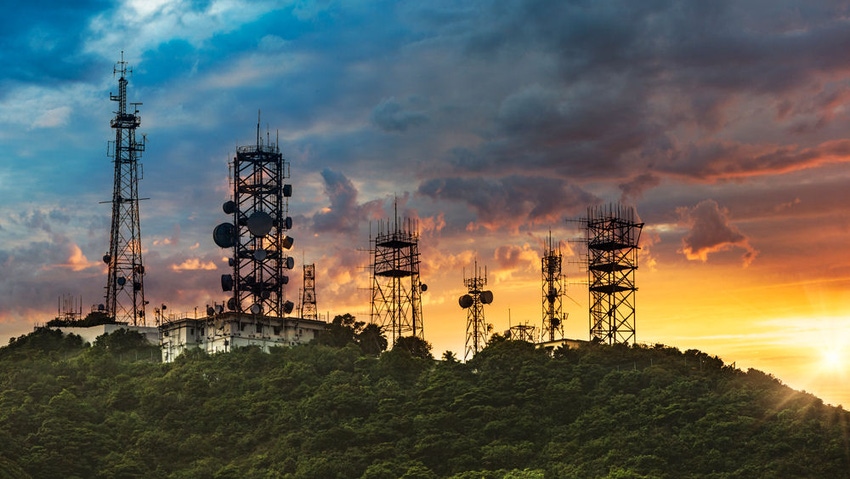Italy baulks at Cellnex's €10bn Hutchison towers buy
Cellnex's mega-deal to acquire CK Hutchison's telecoms towers has come up against a regulatory hurdle in Italy.
April 13, 2021

Cellnex’s mega-deal to acquire CK Hutchison’s telecoms towers has come up against a regulatory hurdle in Italy.
The Italian competition watchdog has expressed concern that the deal would leave too much market power in the hands or too few players, Cellnex in particular, and has opened an investigation into the impact of the deal.
Just to be clear, the €10 billion deal announced by Cellnex in November last year is actually structured as a series of transactions, on a market-by-market basis, so any issues in Italy affect only the towers it is seeking to acquire there. Specifically, that’s 10,000 sites – including 1,100 in the pipeline – held by mobile operator CK Hutchison’s Italian mobile operation Wind Tre.
Should the transaction go ahead, Cellnex would have around 25,000 towers in Italy, having picked up 2,200 from Iliad two years ago to add to a portfolio that was already in excess of 10,000. And therein lies the regulator’s problem. Or part of it.
Cellnex’s proposed acquisition of CK Hutchison Networks Italia, the entity that holds Wind Tre’s passive infrastructure assets, “takes place in a [mobile infrastructure] market…that is going through a recent and rapid phase of consolidation, which began with the creation of the Inwit joint venture by TIM and Vodafone Italia,” Italy’s Autorità Garante della Concorrenza e del Mercato (AGCM) noted in its weekly bulletin.
“Following the merger, Cellnex Italia will hold a significant market position in terms of market share, especially in the segment of hosting services to third parties, in which it will become the leading operator with a share of over 70%,” the competition watchdog said. “More generally, the merger will result in the disappearance of the third operator, in a context in which the competitive pressure of Inwit is also limited by virtue of its vertical integration with TIM and Vodafone Italia,” it said, raising questions over the degree of openness to hosting third party operators.
AGCM shared many details on the state of the passive infrastructure market – there are statistics on value and volume-based market shares in the macro and microsites sectors here – and the ‘what ifs’ that could emerge should Cellnex take over Wind Tre’s towers. It is waiting for additional tenancies data from Inwit to gain a fuller picture of the hosting market; one of its key concerns is that Inwit mainly offers services to its MNO partners, TIM and Vodafone. Ultimately, it is worried that a concentration of power in the passive infrastructure space could lead to higher prices for third-party operators and less incentive to build or improve infrastructure.
As such, it has launched an investigation into the competitive effects of the deal that it anticipates closing within the next 45 days.
The Italian segment is the largest portion of the Cellnex/CK Hutchison deal, accounting for around 40% of the sites to be acquired and those in the planning stages. The second-largest is the UK, where Cellnex is due to pick up 6,000 sites plus a further 600 earmarked, but interestingly it has yet to complete all the closing conditions for that part of the deal. It closed the Ireland deal and those in three new markets – Austria, Denmark and Sweden – in January, at the time insisting that Italy and the UK would follow “in the coming months.”
That’s a pretty broad timeframe, but nonetheless, it appears to be under threat.
About the Author(s)
You May Also Like








.png?width=300&auto=webp&quality=80&disable=upscale)


_1.jpg?width=300&auto=webp&quality=80&disable=upscale)


.png?width=800&auto=webp&quality=80&disable=upscale)